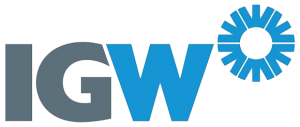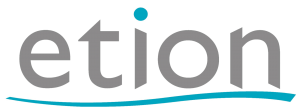Tailor-made lighting solutions
Sustainable, smart lighting for offices
In today's fast-paced office environment, it is more important than ever to create a space that promotes productivity and well-being.
To create an office that promotes productivity and well-being, we must ensure that the office has optimal lighting. Knowing that today we spend on average 90% of our time indoors, better light that enhances our well-being is of utmost importance. Studies have shown that the right mix of light can help improve task performance and cognitive functioning, while also reducing fatigue. Additionally, optimal lighting can improve mood and energy levels, creating a more positive work environment!
When designing an office space, it is important to consider lighting to create a space that is conducive to productivity and well-being. Better light can thus help organisations win the war for talent by creating a stimulating office environment.
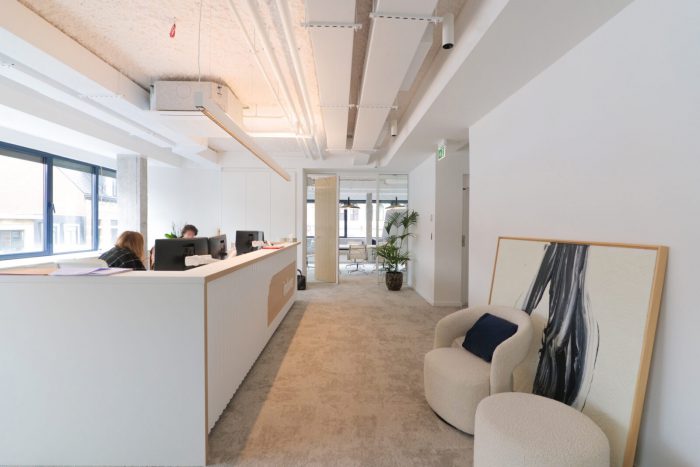
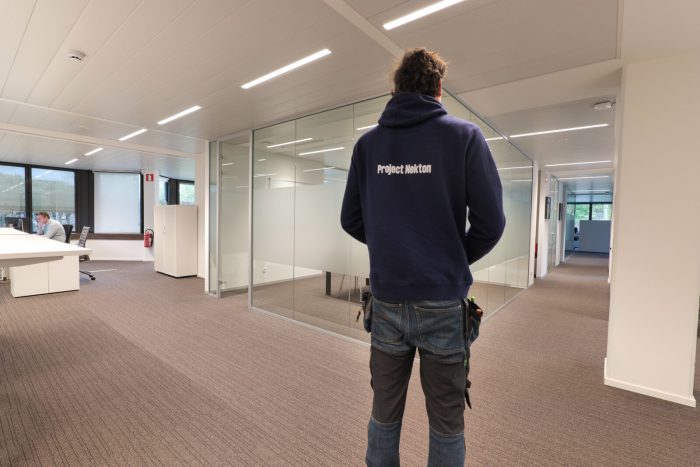
Read more about the benefits in our blog Human Centric Lighting and the importance of good lighting in the office
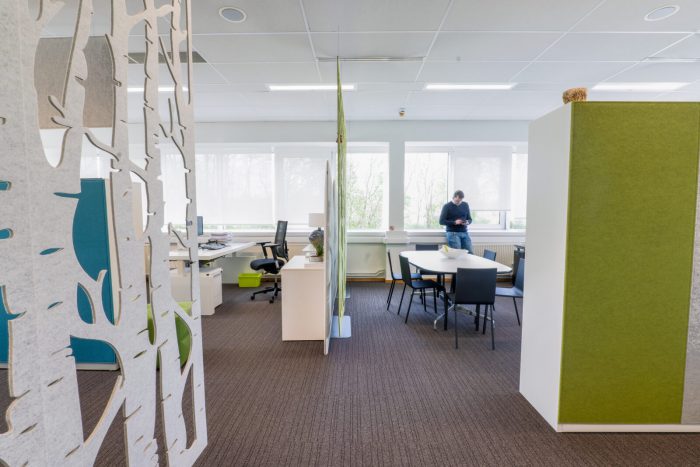
"Professional and flexible team, both in sales, planning and execution. Broad product knowledge and experience in installation. A good solution is sought in function of the available budget. Nice co... Read moreoperation!" - JVDM

New energy-saving lighting solutions and Casambi technology for 3D Motion Studio Plankton.
View the case
A 35% reduction in energy consumption compared to traditional systems, thanks to smart lighting features.
View the case
Energy savings of 77% thanks to new high-quality LED lighting in Asogem Mechelen's warehouses.
View the case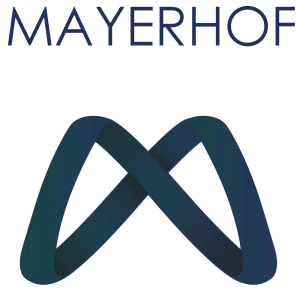
Thanks to smart LED downlights, residential care center Mayerhof can save up to 82% energy on their lighting.
View the case







